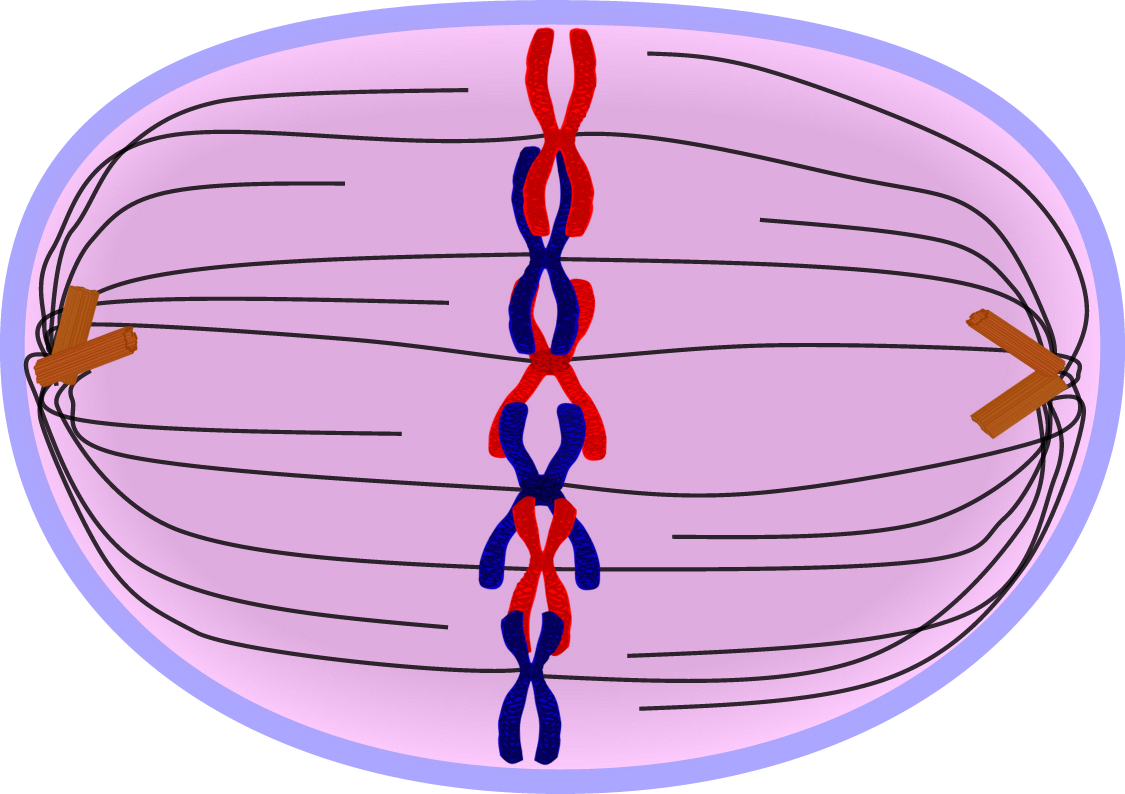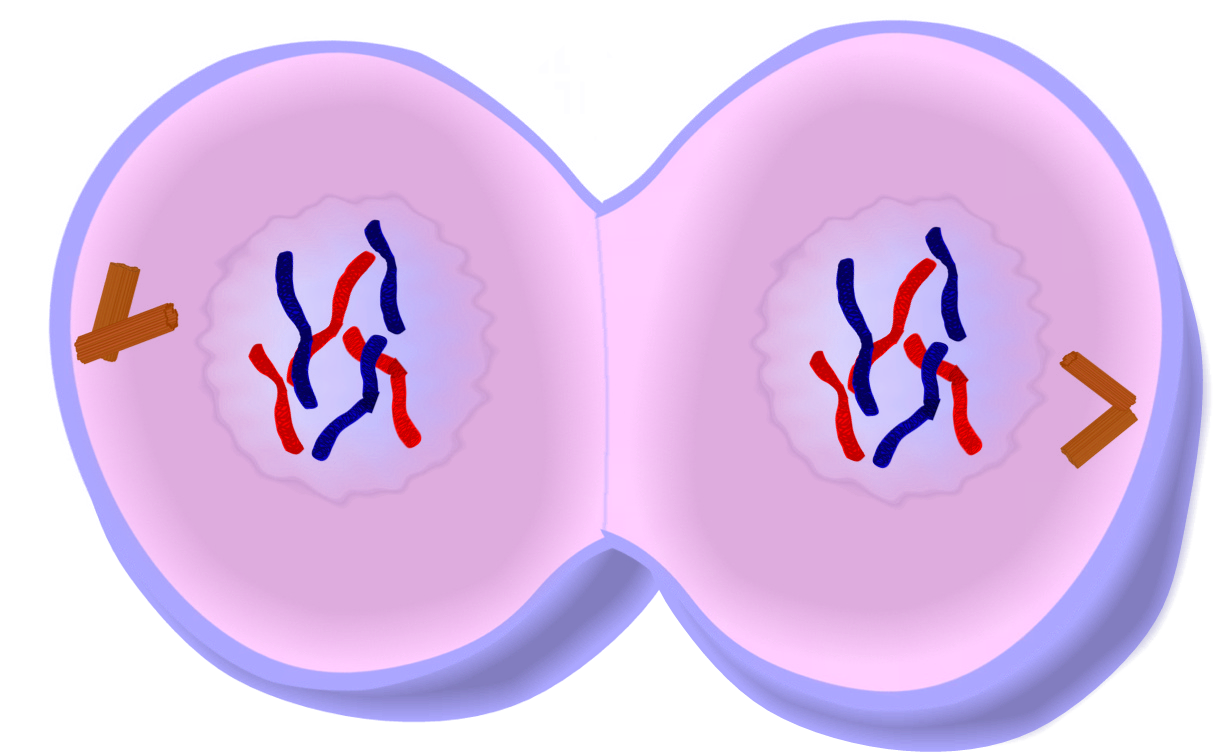RNA
In my last blog post I talked about DNA but today we will talk about the secret weapon of DNA: RNA.
RNA, or ribonucleic acid, is responsible for a lot of different jobs in a cell. Most of these jobs involve the making of proteins. Instructions for how to make proteins are encoded into your DNA, but DNA can’t communicate on its own with the organelles (cell organs) that produce them. RNA takes the “recipes” for proteins from the DNA, carries them over to the ribosome and translates the recipes so that the ribosome knows what to do with them. Instead of thymine RNA has uracil.


While DNA is like a spiral staircase RNA is a spiral staircase sawed in half. Both DNA and RNA are long chains of nucleotides, or pairs of nucleic acid bases. DNA is double-stranded and contains a sugar molecule called deoxyribose. RNA is single-stranded and does not contain deoxyribose; it contains the sugar ribose instead. RNA is transcribed from DNA and is necessary for the creation of proteins in cells. In addition, RNA can have a much larger variety of nucleic acid bases. This gives RNA a wider variety of shapes and functions. DNA is made mostly of just four bases, and it serves one particular function. most living things have RNA and DNA but some living things only have RNA.


Now for the different types of RNA. The different types are mRNA, tRNA, and rRNA. the job of mRNA or messenger RNA is to carry the protein recipes of that the DNA made to the ribosomes. Basically DNA is the engineer, RNA is the messenger and the ribosomes are the factory. Oh wait, the ribosomes can't understand what the RNA is saying. Duh duh duhhhhhhhh. The world is going to end. Nooooooooooooooooooo. Wait, we brought a translator. Yay. TRNA for the win!!! The tRNA or translator RNA is basically a translator. Now for the rRNA or the ribosome RNA. It just got bored of staying in a nucleus so it moved to the ribosomes. Ribosomes are actually part RNA. The rRNA is the one that makes proteins.
It would be funny if this bog was longer than my DNA one. Oh wait.....
This has been Epicraptor and I hope you learned something.
Sources
Pic






















